Hormonal acne refers to acne that’s caused by changes or imbalances within sex hormones. In particular, it’s most commonly linked to higher levels of testosterone. However, testosterone isn’t always to blame, and there’s rarely just an issue with one hormone. So here are some signs that testosterone or other sex hormones in your body affect your skin.
Changes in body & facial hair
Body and facial hair on women are completely normal when it’s more like peach fuzz. However, if you’re getting more and more coarse, dark hairs appearing on your chin, upper lip or under your belly button, it could indicate that your testosterone is higher than it should be. High levels of testosterone can also cause hair on the head to thin, more in a pattern of how men lose their hair – thinning on the crown of the head and a receding hairline.
A quick note on Polycystic Ovarian Syndrome (or PCOS)
Acne is a prevalent symptom in PCOS due to the condition causing raised testosterone levels. As a previous sufferer of PCOS myself, I can’t stress enough how important it is to look at full-body symptoms. A combination of acne, irregular periods, struggling to lose weight, mood changes, and changes in body hair/facial hair or hair thinning could indicate something more than just acne or a hormonal imbalance.
Period going AWOL
Trust me, if you’re not tracking your cycles, you need to. There are a lot of apps out there now that you can use to track your cycle, such as Flo, or most smartphones offer a ‘health’ app where you can track your cycle and add in symptoms too. It would be best if you did this because it gives you a monthly insight into your overall health.
The NHS states a normal cycle length is anywhere between 21 and 40 days, and this is because not everyone has a 28-day cycle (a 32-day cycle can still be perfectly healthy!). However, you do want to check the time between ovulation and when you get your period because if this is less than 10 days, it could indicate that your luteal phase is too short – meaning you might not have optimal progesterone levels. The other important factor is that they should be regular +/- a few days each month. If your periods are unpredictable or completely missing (and you’re not perimenopausal), your body is trying to tell you something.
Mood swings, Painful Periods & Tender breasts.
Do you struggle with anxiety or huge mood swings around the time you’re due on? Do you need to take paracetamol to get you through each period? Or do you also find your boobs extremely swollen and tender around this time? If you said yes to any (or all), they can both be signs of imbalances between oestrogen and progesterone.
These two hormones need to be in the correct ratio – as they balance each other out and create the perfect hormonal harmony. Both oestrogen and progesterone help to balance mood in various ways. Oestrogen can influence serotonin levels, and progesterone has a calming effect on the brain, helping reduce feelings of anxiety. If you haven’t become pregnant during this cycle, progesterone and oestrogen levels decline, which causes the uterine lining to shed (you get your period).
Mild mood changes at this phase of your cycle are considered normal. However, if you’re struggling with severe mood changes, anxiety, and depression (or are diagnosed with PMDD), it might be worth testing your hormones to check the ratio of oestrogen and progesterone.
Higher levels of oestrogen can also contribute to heavy, painful periods and cause tender, swollen breasts around your period. Although PMS is often seen as a ‘normal’ part of being a menstruating woman – excruciating periods are not normal.
Ok, so you might be thinking, what’s imbalances in oestrogen and progesterone got to do with my acne? Well, imbalances in these hormones (especially high levels of oestrogen) can contribute to inflammation, manifesting in the skin *hello cystic, painful acne*.
As well, it’s always worth speaking to a doctor if you’re experiencing pain or heavy bleeding because they can be symptoms of conditions such as endometriosis, adenomyosis, PCOS and fibroids.
Need More Hormone Help?
So these are just a few signs that you’re struggling with hormonal acne, but hormones don’t just become off balance because they feel like it. If you’re ready to jump in and test to see which hormones are off balance and why – check out the functional tests I offer in my 1:1 consultations. And, if you want to read more about why hormones can become off balance, check out this blog too.





0 Comments